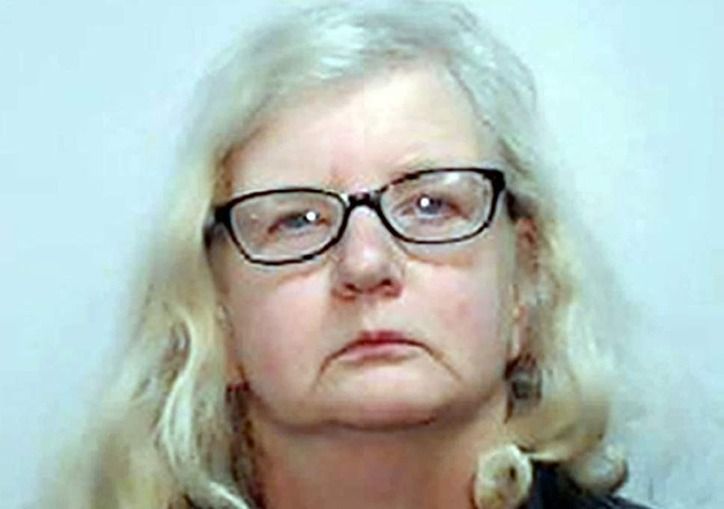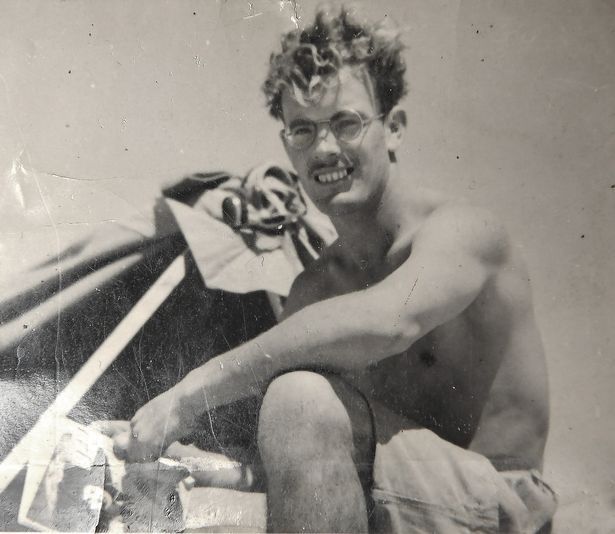


 By VennerRoad, 11th Aug 2018
By VennerRoad, 11th Aug 2018
A woman who is raped by a man is called a victim, and so, apparently, is a woman who murders one.

Barbara Coombes
Women commit far fewer crimes than men, including violent crimes. Does that mean they should never be held to account for their bad acts? Some people seem to think so. Most murders are domestic in some sense, whoever is the victim; and whenever a woman murders a man in cold blood we are likely to hear the shrill claim that the poor creature was defending herself against violence, or that she had suddenly snapped after years of abuse: physical, sexual, or both.
In 2008 and 2009, there were two high profile murders of men by women in Arizona. Jodi Arias murdered her lover Travis Alexander in a particularly gruesome fashion, while Marissa DeVault murdered her husband
Dale Harrell and tried to pin it on someone else. Their trials were both heard at the Maricopa County Courthouse, and both women were convicted, in each case the jury seeing through the blatant lies of the guilty party.
More recently, a woman in the North of England who stood trial for the murder of her father made similar claims of sexual abuse. I spoke to the man assigned to investigate the case through a press officer. (Quotes are in green text).
Barbara Coombes murdered her elderly widowed father at his Stockport home in January
2006, buried him in the back garden, then continued to claim his pension
and carer’s allowance, the not insignificant sum of one hundred and
eighty thousand pounds over a twelve year period. Eventually though,
with suspicion mounting if not of murder then of artifice, Coombes
walked into Cheadle Heath police station and admitted to killing him. Enter Duncan Thorpe.
In his own words, Mr Thorpe has been:
“...a Detective for over 30 years and retired as a detective chief inspector.
I am now employed as a civilian Senior Investigating Officer in the Major Incident Support Unit, Serious Crime Division, GMP’s version of a Murder squad.”
In his long career, Mr Thorpe has investigated some challenging cases. In 2005, then a detective inspector, he was a
recipient of the Chief Constable’s Award for smashing an illegal drug ring that led to 15 people being put behind bars. Strangely, the Barbara
Coombes case was not entirely untypical for him. In 2014, he investigated the case of Thomas Flanagan who strangled his wife during
an argument then buried her in the back garden. Flanagan confessed to a friend three weeks later, and after pleading guilty to manslaughter
received an eleven year sentence, a punishment that sounds unduly
lenient.
The American authorities typically release enormous
amounts of information during criminal investigations and trials,
including at times lurid crime scene photographs that can be distressing
to the friends and relatives of victims. In the UK, the police in
particular are very guarded when commenting on even closed cases, and Mr
Thorpe was here.
Barbara Coombes turned herself in to the police on January 7 this year.
“Human remains were found in the garden on Tuesday evening 09/01/18. The
garden was searched as a result of disclosures made by Barbara Coombes.”
She was charged the following day.
With regard to the allegations of sexual abuse, Mr Thorpe said:
“On 08/01/18 during interview Barbara stated that she had been physically and mentally abused by her father. The disclosures regarding sexual abuse were made to a psychiatrist when she was being assessed post charge. I do not know the date of those disclosures.”
In this context, “disclosures” is a loaded word as it assumes there was something to disclose.

Victim Kenneth Coombes as a young man
In the wake of her conviction, the Manchester Evening News published her allegations of decades of sexual abuse uncritically. After
describing how she murdered her father with a shovel, the paper described the alleged trigger for the crime as:
“the discovery of a box. And, inside it, were photos which triggered the most painful memories.
Confronted with indecent images of herself as a child, Barbara Coombes, then in
her 50s, recalled how her father Kenneth Coombes had molested her, it was said in court.
It was claimed that for over 40 years, she was his ‘sex slave’.”
He was said to have raped her hundreds of times, and it was even suggested that a child she had borne who had died at a few days old might have
been sired by him.
She claimed too he had regularly beaten her late mother.
On social media, the gullibles, men as well as women, went a lot further,
some claiming Kenneth Coombes got what was coming to him.
Barbara Coombes gave birth to her son David in 1974 while she was still a
teenager and unmarried. Later, she married, but moved back to live with
Kenneth after her marriage ended. It beggars belief to suggest she would
have moved back in with him if he had been such a horrible father.
Her initial confession was “I murdered my father 12 years ago”, a phrase that shows consciousness of guilt.
After the jury had returned a verdict of guilty only of manslaughter and Barbara Coombes had been sentenced to nine years, Mr Thorpe summed up the case accurately:
“This is a tragic case in which an elderly man has been killed by his own daughter, who then went on to fraudulently claim benefits of over £180,000.”
Adding:
“Despite having years to tell someone what really happened, she only came forward when she had no other choice.”
The victim had no criminal convictions at all, said Mr Thorpe. With regard to the alleged trigger for the crime, that she had found a cache of
indecent photographs of children, including her, he was asked:
“Did
you find any physical evidence to back up her claims, eg indecent
images of children, etc? If not, what did she say she did with them?”
To which he replied:
“One
of Kenneth’s work colleagues provided a statement saying that Kenneth
had shown him a picture of a naked female and told him it was his
daughter. ”
What are we to make of this? Assuming the
colleague’s recollection is correct, the obvious response is so what?
Most proud parents take photographs of their young ones, including on
occasion naked photographs. One is reminded of the ludicrous 1995 Julia Somerville affair in which she and the father of her seven year old daughter were
arrested on suspicion of possessing child pornography. The “offending” picture was of the girl naked in the bath. Had there been anything sinister about this incident, Mr Coombes’ work colleague would surely have said or done something at the time.
The claim of child pornography/child abuse is further undermined by the following.
From the information available publicly, Kenneth Coombes married Mary Le Patourel in 1945; Barbara, the youngest of three siblings and the only
daughter, was born in 1954. Her mother died in 1973. In the late 1950s,
early 1960s, people did not walk around with mobile phones/cameras in
their pockets like they do today. Instant (Polaroid) cameras had been
around commercially since 1948, but they were incredibly expensive.
Unless he had some as yet unknown resource, Kenneth Coombes would have had to have had his films developed commercially, and although there was no hysteria over child pornography at that time as in the later aforementioned Julia Somerville case, a man who attempted to have pornographic photographs of children developed commercially would be
risking arrest and stigmatisation.
Furthermore, if these pornographic photographs of a young Barbara Coombes existed, what did she do with them, bury them with her father? The answer is obvious, as Mr Thorpe well knows, only he was too diplomatic to say so.
Asked:
“Did you find any evidence to back up her claim that her father forced her to submit to indecent photography by other men?”
He replied simply:
“No.”
He refused to comment further on the allegations of repeated rapes, or on social media claims that the victim somehow deserved it.
So what really happened? When he was murdered, Kenneth Coombes was 87 years old, and clearly not in the best of health. Such people, women as well as men, can be antagonistic, bitter, and at times can lose the plot. While it is unforgiveable to strike such a person, much less kill one, this is the sort of spur of the moment crime that happens every day somewhere in some context or other; someone hurls an insult, a fist flies, a knife comes out, or a gun...
It is most likely that Barbara Coombes killed her father over some triviality, then rather than face the music or stage the crime scene as an accident – something she might have gotten away with – she decided to dispose of his body and cash in on his death. We have only her word that she killed him in the manner in which she described. She might genuinely have felt she had been abused by him in later life if he had been short-tempered, but the allegations of sexual abuse were almost certainly the result of her sessions with a prison psychiatrist who probably suggested she has been sexually abused by her father, allowing her to play along. After all, why would a woman, any woman, commit such a crime? Only men do that.
To Wikinut Articles Page